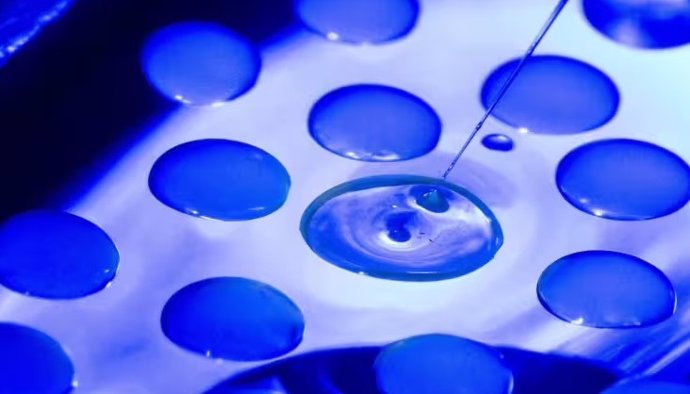An experiment with bacterial cells under a microscope. – JENS MEYER (UNIVERSITY OF JENA)
Aug. 28 () –
A team of researchers from the University of Jena has discovered prokaryotic bacteria that can devour other cells, a surprising discovery published in the journal mBio.
The origin of eukaryotes is considered one of the greatest mysteries of biology: according to current theory, two prokaryotes, a so-called Asgard archaea and a bacterium, are believed to have merged. The bacterium developed into a mitochondrion. Thanks to it, this eukaryotic ancestor had sufficient energy to develop. until they became the most complex cells we know today.
A defining characteristic of these complex eukaryotes is endocytosis, that is, the ability to devour other cells. However, until this new research, it was considered energetically impossible for a prokaryotic cell to be capable of endocytosis, since the energy source of the mitochondria was considered indispensable for this.
For more than 10 years, Professor Christian Jogler and his team have been looking for a different approach to explain eukaryogenesis. The researcher focuses on the prokaryotic group of planctomycetes, very unusual bacteria that some scientists consider possible ancestors of eukaryotes due to their particular cellular biology.
“The idea of a ‘fusion’ of two different prokaryotes into a eukaryote seems incomprehensible to me from the point of view of cellular biology,” he explains. in a statement the microbiologist, who conducts research at the Balance of the Microverse cluster of excellence at the University of Jena. “Nobody had observed anything like this before and such a hybrid would probably not be feasible due to the different membrane structures and molecular mechanisms,” adds Jogler.
In 2014, Professor Jogler’s team found new planctomycetes in Heiligendamm in the Baltic Sea, providing arguments in favour of the planctomycetal origin of eukaryotes. “These bacteria change shape, ‘walk’ on surfaces and flow around each other.”
In 2019, a team led by Takashi Shiratori from Japan also discovered and described similar planctomycetes. These microorganisms even fed on other bacteria and thus seemed to refute the doctrine that prokaryotes could not be capable of endocytosis for energetic reasons.
“To be honest, I didn’t believe Dr. Shiratori at first,” says Jogler. That’s why he and his team initially tried to refute the hypothesis of prokaryotic endocytosis. However, after a year of intensive research, the researchers no longer have any doubts about the correctness of Shiratori’s results.
In the paper they have now published, they present a comparable organism that they have isolated and characterized from the North Sea: Uabimicrobium helgolandensis. These prokaryotes also feed on other bacteria and therefore should not even exist. The researchers have given this group of unusual planctomycetes the appropriate name of “prey bacteria”.
“By sequencing the genome of Uabimicrobium helgolandensis, we were also able to develop new hypotheses about the molecular mechanism of the uptake of prey bacteria,” explains Jogler.
This expert considers that predatory planctomycetes are the microbe Archaeopteryx, a bridge organism between prokaryotes and eukaryotes, and is convinced that planctomycetes played a role in eukaryogenesis, perhaps even at the origin of life itself.





![[Img #74662]](https://thelatestnews.world/wp-content/uploads/2024/12/Organisms-with-the-shortest-life-150x150.jpg)






![[Img #74662]](https://thelatestnews.world/wp-content/uploads/2024/12/Organisms-with-the-shortest-life-300x200.jpg)


Add Comment